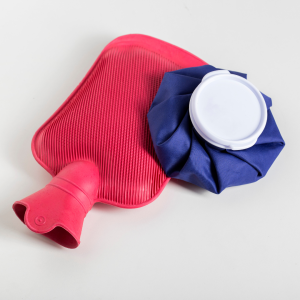Heat and Ice Therapy for Injury Recovery

Both heat and ice therapy are cornerstones in treating injuries, yet their applications differ based on the injury type and phase. Understanding these differences is crucial for optimizing patient recovery.
Choosing the Right Therapy
Ice Therapy:
– Benefits: Reduces inflammation, numbs pain, and controls swelling.
– Use For: Acute injuries like sprains, strains, and contusions.
– Application: 10-20 minutes using ice packs or cryotherapy devices. Watch for sensations of cold, burning, aching, and numbness (CBAN).
– Avoid If: You have conditions like Raynaud’s disease, poor circulation, or cold hypersensitivity. Avoid over open wounds or regenerating nerves.
Heat Therapy:
– Benefits: Increases blood flow, improves flexibility, and relieves chronic pain.
– Use For: Chronic conditions like lower back pain and stiffness.
– Application: Use heating pads or hot tubs at around 40°C for up to 30 minutes.
– Avoid If: You have acute injuries, infections, or are pregnant. Use cautiously with autoimmune and neurological conditions.
Practical Considerations:
– Ice Therapy Types: Include ice packs, migraine caps, and cryotherapy chambers.
– Heat Therapy Types: Include moist heat, heating pads, and hot tubs.
– Contraindications: Proper screening is essential to prevent adverse effects.
Conclusion:
Choosing between heat and ice depends on the injury’s nature and timing. For personalized advice, consult a healthcare professional to ensure optimal recovery strategies.
